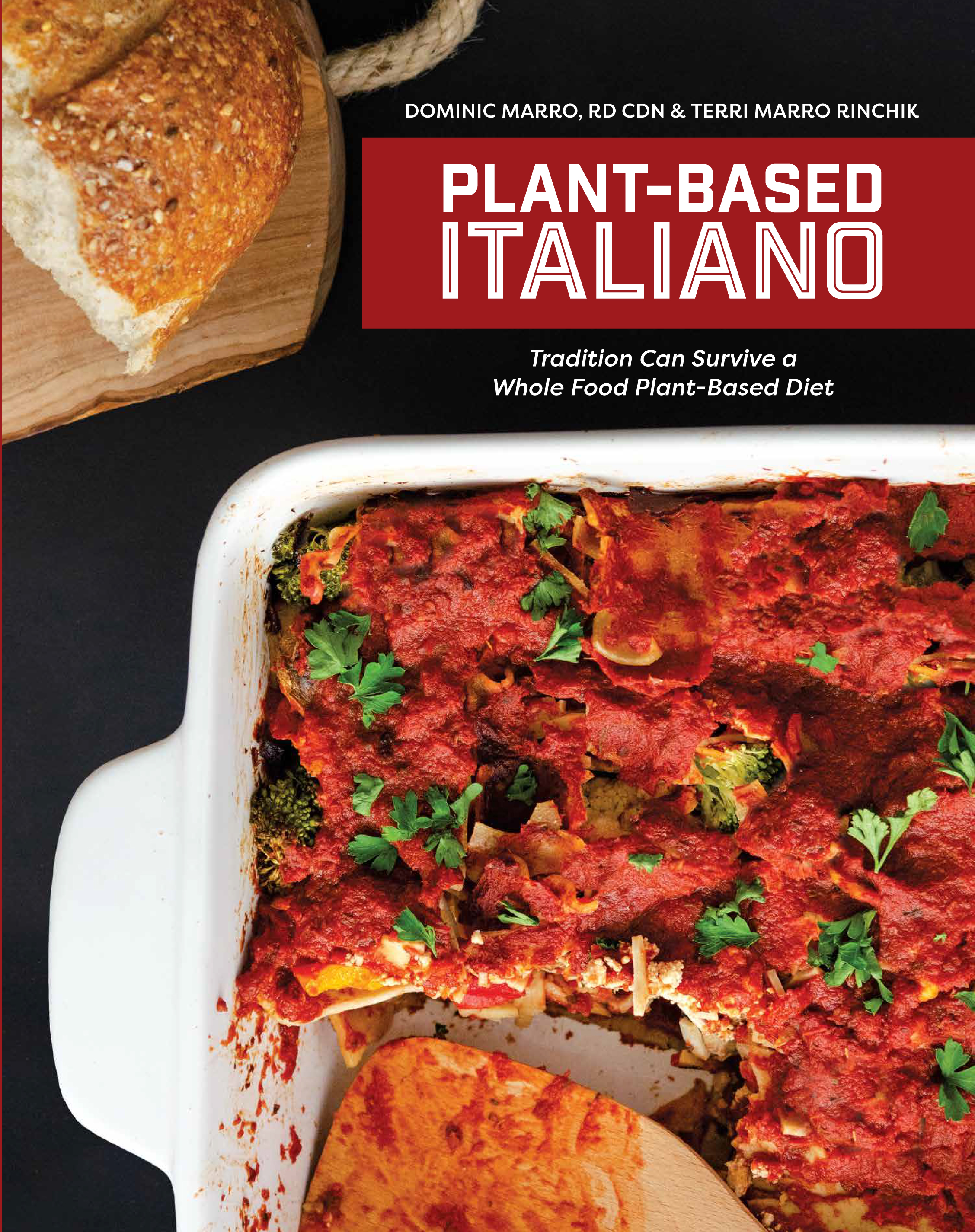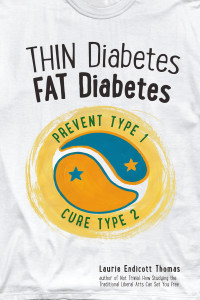I think it’s safe to assume that most people reading this will agree that regular exercise is a good idea if our goal is to live a long, healthy, full-functioning life. I also know that most of you understand the importance of eating in our quest to remain alive. So, I’m quite confident that few would argue the importance of eating and exercising on a regular basis.
During our lives, errors or accidents in both eating and moving often cause short term damage (eg. food poisoning, choking, turned ankles, fractured bones etc…). Most of us are aware of this and we know we should do our best to avoid such occurrences.
This article is mainly meant for people in their teens and twenties and parents of teenagers and young adults because I’d like to discuss the long-term damage that both poor running and poor diet cause.
I chose running as an example because it’s the form of exercise I know best, but any inefficient movement practiced over many years can cause serious damage to our bodies. I also chose running because many people use running for cardiovascular fitness – even if running isn’t their main sport.
Much like a poor diet, a poor running technique over time will wreck havoc. Young runners can run many years with poor technique without suffering serious injury. But with each passing year, the likelihood increases that the cumulative effects of poor technique will express itself through a debilitating injury. Whether it’s a knee, hip, ankle or foot is dependent upon the type of running error(s) and the unique physiology of the runner (genes). The injury may not appear until one’s fourth, fifth or even sixth decade of life.
In my case it was around 42 years of age when the wheels came off. Osteoarthritis in both knees put an end to my running. Two orthopedic surgeons told me that surgery wouldn’t be much help and that my running days were over. At first I tried a lot of the conventional remedies that I read on-line. I incorporated various strength and flexibility exercises. They didn’t help. I avoided running on crowned surfaces as was recommended. That didn’t help. I even had my stride analyzed at two running shoe stores to see if I was wearing the “proper” shoes. It turned out I was.
My knees kept getting worse. It got to the point that a slow, one mile jog resulted in severe pain that required immediate icing of the knees and a dose or two of ibuprofen. I’d be out of commission for at least a week.
It was apparent to me that I would have to give up my favorite exercise that I enjoyed for twenty years.
I had to admit that the surgeons were right . If I continued to run, I’d continue to damage my knees to the point that I’d eventually need total knee replacements. I loved running, but not enough to put myself through such agony.
A few weeks passed until I was fortunate to meet someone who convinced me that I could run again free of injury – but it would require something radical – a complete overhaul of my running technique.
I had been running for twenty years and had never even knew there was such a thing as running technique. Running wasn’t a technique you learned, it was just something you did.
I was skeptical, but after reading as much as I could about a number of techniques, I chose the Pose Method of Running. I hired a certified Pose Coach and diligently followed a specific strength training regimen and did daily running drills. The running drills involved movements to help teach my body how to move differently. I find them extremely difficult to do because my natural running technique was so far removed from the Pose standard. It took me two years to run well enough to complete a 5 – k race. I nearly cried after finishing when I realized that I had zero knee pain. My happiness was short lived as my Pose technique was far from ideal, and I began to suffer foot injuries.
Over the years I’ve suffered various foot injuries in both feet. I’m afraid that running in a “pound the pavement” way for twenty years has made it almost impossible to change my running technique to the point where I can run injury-free. On the plus side, I have been able to change my technique enough to be able to run four days a week. I just can’t run as frequently, as intensely, or as long as I used to.
I can’t help but think how I would have responded to someone who would have suggested that I change my running technique after watching a twenty-something Dominic run. I’m 99% sure I would have told them to “hit the road”. However, if I knew then what I know now (that my running technique was silently injuring me), I’m 100% sure I would have asked to learn more. It would have been a whole lot easier to change my running form in my twenties then it was for me to change it in my forties.
I also think that if I was always suffering acute injuries in my twenties, I may have also responded favorably to the suggestion that changing my technique could help.
So many long-time runners have suffered fates similar to mine – or much worse. Many could have avoided injuries later in life had they changed their running technique when they were younger. When I see young people running, I usually find myself analyzing their technique and try to predict the malady that will eventually keep them from running.
I NEVER consider suggesting that they change their running technique. The main reason is that I’m a firm believer in NEVER giving someone unsolicited advice. But even if I was someone who would stick my nose in someone’s business and suggested to them that they ran “wrong”, I’d be risking a punch in the nose.
So for the same reasons, I NEVER promote a WFPB diet to people younger than 30 years old – unless, of course, they ask me my opinion on diet. If someone doesn’t seek information, giving him/her a spiel on WFPB diets will result in an angry or indifferent reaction. There are many young people eating the Standard American Diet (SAD), obese or not, who have yet to suffer any consequences. It’s been my experience that most won’t attempt any significant lifestyle change without a serious health scare – and even then – many will go the medication or surgery route to address the problem.
Young runners do likewise when they keep suffering serious nagging injuries like shin splints, plantar fasciitis, chondromalacia patella or iliotibial band syndrome. Medications and surgeries can temporarily address the problem, but unless they change their injurious running technique, the injury(ies) are likely to recur.
Young folks diagnosed with hypertension, pre-diabetes , type II diabetes, high serum cholesterol, and or an autoimmune disease will be prescribed drugs to treat their symptoms. But unless their lifestyles change, they will continue to injure themselves.
It’s important to note that not everyone who eats the injurious SAD diet becomes overweight. It’s even more important to understand that lean folks who eat an unhealthy diet are not immune to developing chronic disease. Many people with type II diabetes and coronary artery disease are lean and mean. Many are often super fit. So even young people who have normal body weights would benefit from considering transitioning to a WFPB diet. If they wait until all hell breaks loose in their 30’s, 40’s or 50’s, it may either be too late, or the transition will likely be as difficult as it has been for me to change my running technique.
Dr. John McDougall has been treating chronic diseases with high starch WFPB diets for 40 years and states that it almost always works. The degree to which it works is dependent on a number of factors, one of which is how much damage has already been done to the body. For anyone born into a culture that consumes a WFPB diet, or who in their teens or twenties, transitions to a WFPB diet, the degree of benefit is likely to be great – meaning they will likely avoid chronic disease during their golden years.
I find this analogous to the long-time runner who has avoided injuries due to running efficiently as a youngster. Some are lucky enough to have a naturally efficient running stride, and some may have “learned” to run using better technique.
So, if you are in your teens or twenties and doing perfectly fine eating pizza, chicken wings, soda and ice cream, please understand that you are gradually causing harm to your body. It’s a safe bet that when symptoms eventually develop, they will knock you on your ass – or even worse. Many people don’t survive their first heart attack or stroke. The consequences are much worse than running poorly for many years.
If you want to live a long and healthy life, I encourage you to transition to a WFPB diet and begin or maintain a reasonable exercise program. Just don’t “pound the pavement”.
Click here to get started.






 E Excerpt from Laurie Endicott Thomas’s amazing book Thin Diabetes – Fat Diabetes by clicking here!
E Excerpt from Laurie Endicott Thomas’s amazing book Thin Diabetes – Fat Diabetes by clicking here!
Speak Your Mind